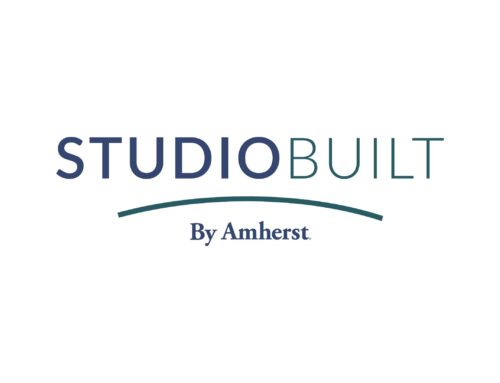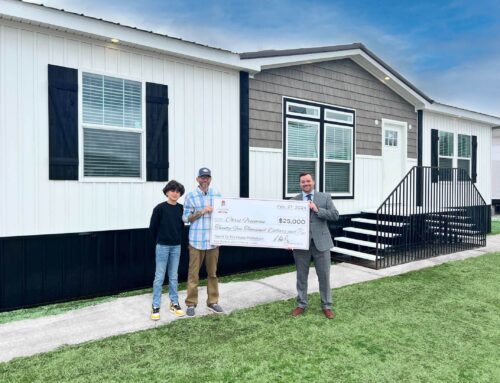
Manufactured Housing: Top Savings Opportunities for Homeowners
We’ve discussed the financial benefits of manufactured housing versus site-built housing, along with the fact that manufactured homes deliver the same quality, durability, and safety standards as site-built homes at an affordable price. In fact, according to the United States Census Bureau in October 2019, the average sales price of a manufactured home was $81,700. The National Association of Home Builders Cost of Constructing a Home report published in February 2020 stated that the average 2019 construction price of a site-built home was $296,652, in comparison.
This lower price for manufactured housing is a result of many factors, starting right away with the unique construction of manufactured homes. Savings from the construction process can be broken down into several different categories that offer great savings opportunities for homeowners that opt to purchase a manufactured home over a site-built home. Those top savings opportunities are detailed below.
Factory Efficiencies
Manufactured homes are fabricated within factories before being transported and fixed to their permanent destination. Sections of the home are constructed within a factory setting using standard building materials — the same that are used to construct site-built homes — and are completed almost entirely off-site within a factory. The affordability gap in comparison to the traditional build process is due largely in part to the efficiencies and accessibility of the factory building process and the limitation of (potentially costly) obstacles that hinder the construction process.
For example, this includes delays in site-built home production that can result from weather or damage to a home that’s in-production due to natural causes, theft or vandalism to the property, and damage to building materials.
Access to Technology
Today’s manufactured homes come in many shapes and sizes: homeowners have a variety of floor plans, layouts, design styles, and customization options to choose from. Modern advancements in the technology used in manufactured housing factories to help create these types of homes offer a variety of architectural styles and exterior finishes to choose from — among other customizations — that were not previously available off-site, giving homeowners new opportunities and options without having to break the bank or turn elsewhere to create the home of their dreams.
The Benefit of Bulk
Much like other factory-built operations, manufactured homes benefit from the economies of scale, resulting from purchasing large quantities of materials, products, and appliances at one time as opposed to one-time orders that are often placed on a case-by-case basis when it comes to the construction of a site-built home.
Manufactured home builders have the flexibility to negotiate savings on many components used in building a home, with the benefit of these savings being passed on directly to the manufactured homebuyer.
Savings with Convenience
Overall greater flexibility and efficiency of the manufactured housing process allows for the customization of each home to meet a buyer’s lifestyle and needs in a way that is mapped out before the home even enters the construction phase. Because most modern, manufactured homes can be customized, doing so does not delay the fabrication or completion process of the project.
Interior features of a manufactured home might include fireplaces, skylights, state-of-the-art kitchens and bathrooms, providing the homebuyer all the features found in traditional site-built homes. Enhanced energy efficiency in manufactured homes, achieved with upgraded levels of insulation and more efficient heating and cooling systems, provides another source of savings for homeowners.
As you can see, the possibilities are endless when it comes to manufactured housing, and that’s not limited when it comes to financial savings opportunities, either. Homeowners benefit from various savings opportunities when they choose manufactured housing over site-built homes, but it’s not because they’re sacrificing quality. Instead, it’s because the manufacturing process offers for a more efficient production and installation, thus more quickly providing a homeowner with the space and place they’ve always wanted.






